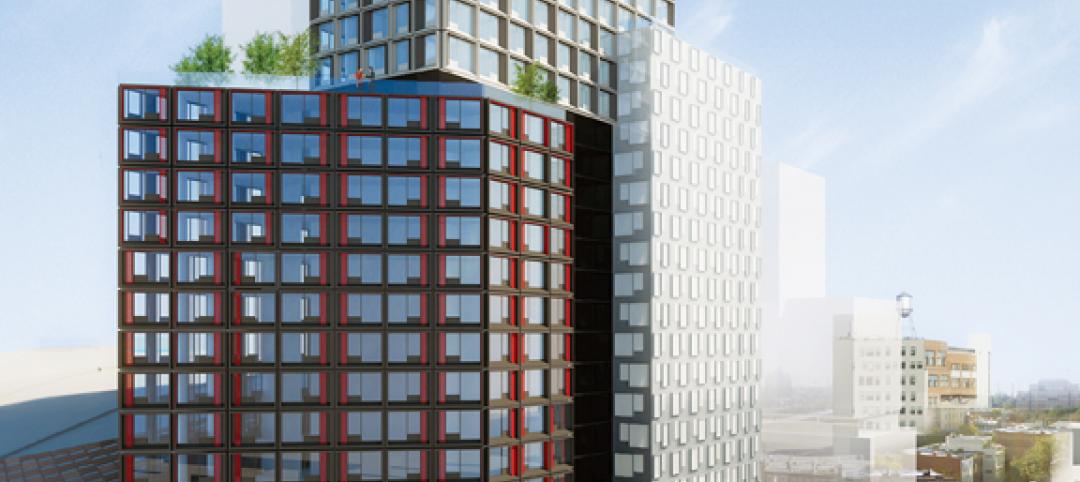By the year 2050, 70 percent of the world’s population will live in cities. In anticipation of this, Amsterdam-based AkzoNobel, a chemical company that specializes in decorative paint and coatings, recently announced its Human Cities initiative as a way to highlight their commitment in “improving, energizing and regenerating urban communities across the world.”
One project part of the initiative is a partnership with leading architecture firm OMA, founded by Rem Koolhaas, to research the link between color and economic development of a city. The announcement was made at the Venice Architecture Biennale.
“We believe that our new research partnership with OMA will make a significant contribution to creating more ‘human’ urban environments for the world’s citizens,” says AkzoNobel CEO Ton Büchner. “We’re delighted to be partnering with Rem Koolhaas and OMA on this study.”
Archdaily reports that this is not the first time research has been done on the effects of color in economics. Back in 2001, research done in Brazilian favelas by Brazilian firm Jorge Mario Jáuregui Architects and published by Harvard University Press found that “Colors had been absent due to poverty, people work on the inside, but cannot afford to work on the outside. And when a new, planned building rises in the slum – be it a public toilet or a sewing co-operative – it immediately becomes a monument. It was conceived by an architect, it indicates things are changing: People understand they now have the right to what was only available in the so-called ‘formal city.’”
Related Stories
| Aug 8, 2012
BD+C wins six B2B journalism awards
BD+C wins two national awards, three regional awards, and a regional Graphical Excellence award.
| Aug 8, 2012
BIM’s future up in the cloud
The AEC industry is on the cusp of a still more significant evolution with cloud computing.
| Aug 8, 2012
Giants 300 Sports Facilities Report
BD+C's Giants 300 Top 25 AEC Firms in the Sports Facilities sector.
| Aug 8, 2012
Giants 300 Science & Technology Report
BD+C's Giants 300 Top 25 AEC Firms in the Science & Technology sector.
| Aug 7, 2012
Pioneering revival
Financial setbacks didn’t stop this Building Team from transforming the country’s first women’s medical school into a new home for college students.
| Aug 7, 2012
Shedding light on the arts
Renovating Pietro Belluschi’s Juilliard School opens the once-cloistered institution to its Upper West Side community.
| Aug 7, 2012
How to win more state and local government projects
With a huge building stock at their disposal, state and local governments can be attractive clients, especially in these difficult economic times.
| Aug 7, 2012
McCarthy tops out LEED Platinum-designed UCSD Health Sciences Biomedical Research Facility
New laboratory will enable UCSD to recruit and accommodate preeminent faculty.
| Aug 7, 2012
Pankow names Lum new CEO
Lum joined Pankow in 1980 in Hawaii and has held leadership roles in Pankow’s Honolulu and Northern California regional offices and was appointed president of the firm in 2009.
| Aug 7, 2012
Suffolk Construction builds new Boston Tea Party Ships & Museum
Construction management firm links history with the future by building museum using state-of-the-art virtual models and BIM technologies.

















